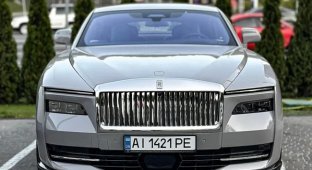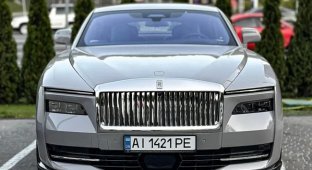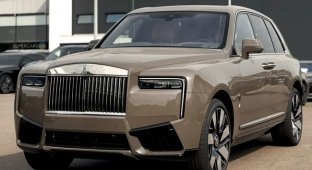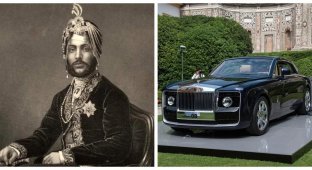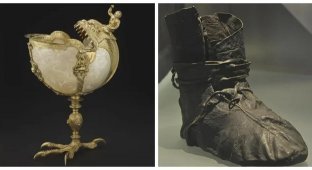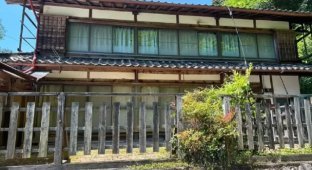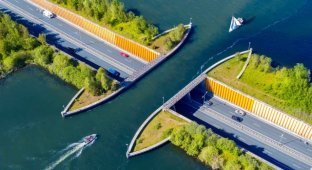A Forgotten Indian Billionaire King Who Sold His Diamonds to "Light Up Every Home" (6 photos)
Maharaja Krishnaraja Wodeyar IV was the ruler of Mysore (an Indian principality that fought many wars with the British and was the last to lose its independence). Unlike other monarchs who focused on personal luxury, he dedicated his reign to the progress and welfare of his people. He carried out social reforms such as the ban on untouchability, made education compulsory, and pioneered technological change. 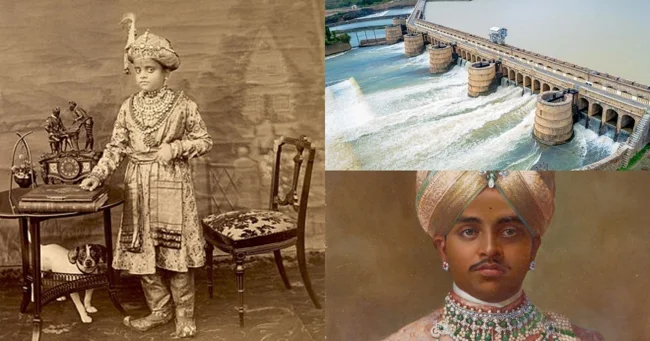
In an era when Indian rulers were known for their gold-strewn palaces, diamond collections, and fleets of Rolls-Royces, one maharaja stood out not so much for his wealth as for how he spent it.
Krishnaraja Wodeyar IV of Mysore is not the most popular historical figure, but he was once the second richest man in India. At the time of his death in 1940, he was worth $400 million (about $8.5 billion today). The richest Indian of that time, the ruler of the principality of Hyderabad Asaf Jah VII, had at his disposal 2 billion dollars (for comparison - in 1947 the treasury of independent India had 1 billion dollars). However, Wodeyar differed from other rich people not so much in the amount, but in how he spent it. 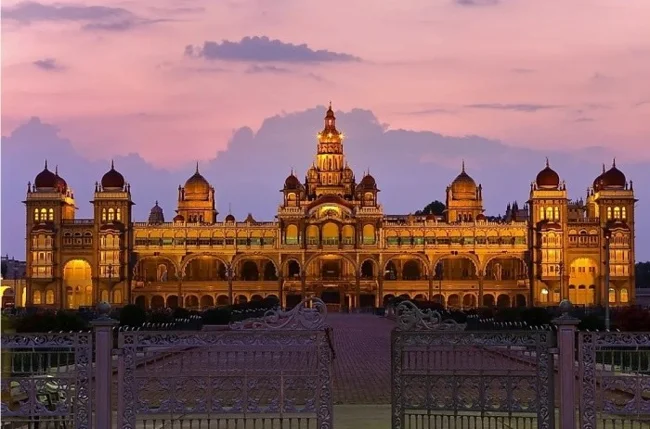
Mysore Palace
Born on June 4, 1884 in the majestic Mysore Palace, Krishnaraja Wodeyar IV ascended the throne at the age of 11. His mother, Maharani Vani Vilas Sannidhana, ruled as regent until he took over the reins at 18.
Educated in both the West and India, he was fluent in English, Kannada (a language spoken in southwest India) and Sanskrit and had a deep love for the arts. Lord Curzon, the then Viceroy of India, admired the young ruler's vision and predicted that Mysore would flourish under his leadership, and he was right. 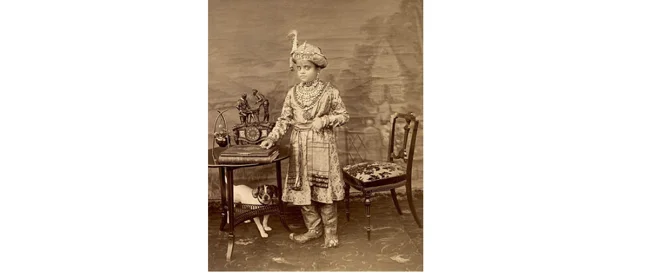
Krishnaraja Wodeyar IV in 1895, shortly before his 11th birthday
The Golden Age of Mysore
Krishnaraja Wodeyar IV turned his kingdom into one of the most progressive regions of India. For example, he banned untouchability and marriage for girls under 8 years old. He established scholarships for the education and maintenance of widows (meaning for the education of widowed girls, since at that time in India a widow could be a primary school girl) and donated money from his personal funds every year to help children with disabilities. 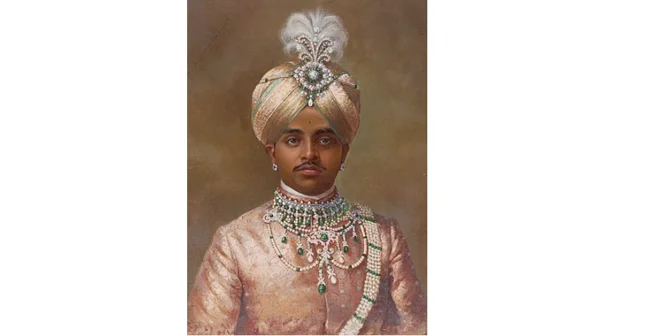
1906
In 1915, he founded the Mysore Social Progress Association, which was engaged in the protection and expansion of the rights of the most vulnerable sections of society, and in 1918 he invited Sir Leslie Miller to study the situation of the backward classes, which led to the reservation of 25% of government jobs for non-Brahmins. At that time, this was a very bold step.
Engine of Progress 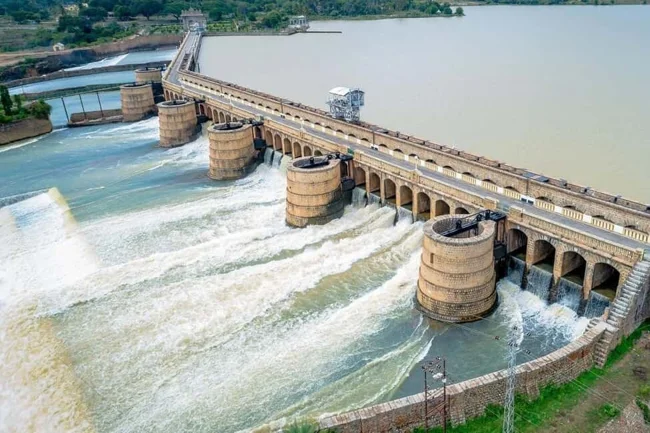
Krishnaraja Sagar Dam
Under Wodeyar IV, Mysore became a technological leader. In 1905, Bangalore became the first city in Asia with a hydroelectric power station. For this, the Maharaja was nicknamed "the king who lit the light in every home."
By 1915, primary education became compulsory, and by 1927, the budget for education had increased almost sevenfold. Under Wodeyar, many institutes, colleges and academies were founded, including for women.
One of the most striking examples is the construction of the Krishnaraja Sagar Dam. When the money ran out, he sold his jewels in Mumbai to complete the project. Today, the structure continues to serve millions. 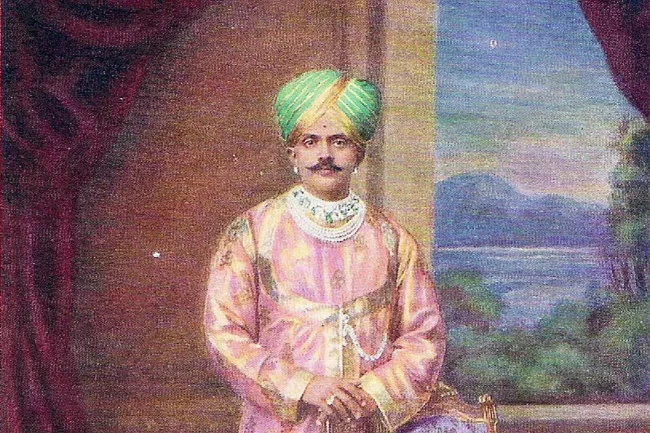
For his reforms, Mahatma Gandhi called Wodeyar a "holy king", and rulers of other Indian princely states traveled to Mysore to learn from Wodeyar. In 1930, at the first Round Table Conference on India in London, John Sankey said: "Mysore is the best governed state in the world"
Wodeyar died in 1940, he was 56 years old, he left no heirs. Mysore was then ruled by his nephew, who became the first state to join the Indian Union after India's independence in 1947. In his obituary, The Times called Wodeyar IV "a ruler unrivalled in the respect and affection he commanded as much for his impressive statecraft as for his charming personality."












